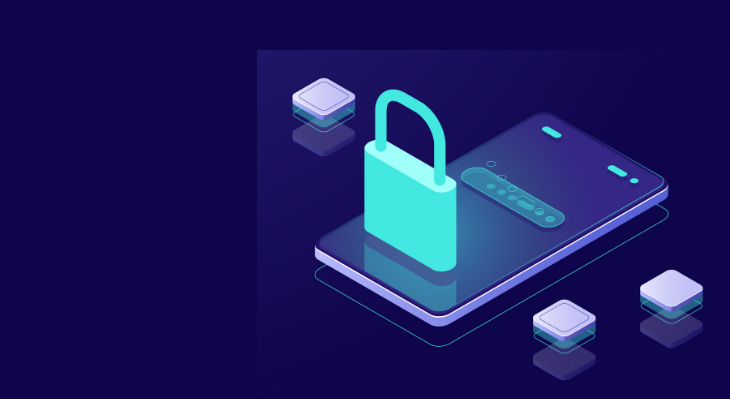Businesses today are facing many challenges.
One of the challenges that they still face is keeping their productivity up even in the times of the Covid pandemic.
As a security precaution majority of the staff, today work from remote locations.
Since the modern business is dependent on an online model, their security thus in such a crucial time demands priority.
Thus remote access security has to be the priority for any business today.
Let us answer some of the questions related to remote access security.
Remote Access Security Best Practices: Every Organization Should Follow
What is Remote Access Security?
It simply refers to a security solution capable of preventing any unauthorized access to a network.
Secured remote access has its own benefits for staff as it assists them in the safe management of data from any remote location.
Secured remote access assists companies by safeguarding them from being a victim to any hacking attempt and simultaneously easing up data usage for employees.
Technologies like VPN (Virtual private network), ZTNA (Zero trust network access), NAC (Network access control), SSO (Single sign-on), PAM (Privileged access management) are used to secure remote access.
Why do I need to secure remote access?
Many employees because of the Covid pandemic are nowadays working from home with the help of their private rented networks.
This in turn can prove alarming for any organization whose employees are working remotely outside their controlled network.
Many ERP or legacy systems are installed in an organization with evaluated measurements and taking consideration into the security standards.
Installing or connecting the new networks outside such pre-defined security standards can thus pose risk to an organization’s security architecture.
That is the reason remote access security is needed.
Below mentioned are some of the key benefits of same:
- No matter where the employees are working with any device, remote access security ensures the same high security on such devices too, and ensures protection from potential attacks.
- Since users rely on multiple devices while working remotely, remote access security ensures protection on such devices too.
- As part of IT, environment users are dependent on web services, thus with remote security, the staff can easily access the web from any remote location.
List Of 10 Remote Access Security Best Practices
Some of the key remote access security best practices are discussed as under:
Using Encryption
Encryption assist users in keeping their content secured.
The only authorized party is able to understand the actual message.
Encryption can be applied both on the data at rest or in transit.
It ensures the confidentiality and privacy of the data on your devices.
Encryption promises the security of your data and makes it difficult for attackers to exploit it by scrambling the original content.
So even if the device of any remote worker is lost the data still remains safe.
Antivirus and Anti-Malware Installation
Choosing the right anti-virus and anti-malware should be one of the key considerations if working remotely.
Anti-virus or anti-malware will protect the integrity of data in the procession of staff members if by any chance they proceed against the advice of IT teams.
System Update
Ensure that all of your systems are updated.
Software updates are regularly rolled out in order to improve the functioning.
With updates, patch updates are also done which assist in fixing the security vulnerabilities.
Delaying such updates poses a security risk for the existing security architecture.
Cybersecurity Policy
Setting up cybersecurity policies ensure that measures are and should be taken in order to protect the integrity of the data as well as the devices or network that are being used.
This assists in protecting any staff member from becoming the potential entry point for hackers.
Such policies include using company devices, allowed third-party vendors, Service-level agreements, etc.
Virtual Private Network Installment
A VPN software will encrypt your data over the internet.
By using VPN software an employee can connect to the organization’s VPN gateway and connect to it by authenticating himself.
VPN installation will work better for your organization if employees are asked to follow the company policies simultaneously.
Direct Connections
Maintaining direct connections with critical assets is advised as it will keep the credentials of such assets safe from any unauthorized attempts.
This can be done by isolating sessions that happen outside the IC domain.
Analytics Tool
The use of analytical tools assists users in detecting threats in advance.
Staying a step ahead in understanding any abnormal user behavior can protect the security network of an organization in advance.
Such tools will also alert the team on the detection of any abnormal behavior.
Two – factor Authentication
With two-factor authentication, you will be able to create two requirements for any user to log in to your system.
Two-factor authentication will use credentials and some additional information like security questions for any user to log in.
Implementing a two-factor authentication will thus create an additional level of security as it is unlikely that the attackers would have both pieces of information.
Use Mobile Device Management
Providing the same level of security to remote devices as they would get in the office is a bigger challenge in remote access security.
Here is where MDM solutions could help.
With MDM installation users can easily configure and manage the devices, push for updates, etc.
Identity and Access Management
Such type of access management is ideal for complex business organizations.
It secures your security architecture by easily managing access rights as well as digital identities.
Moreover, it also validates the hardware as well as the software of the device that is asking for access.
IAM ensures that correct access is being provided to IT resources in complex environments.
Conclusion:
With professionals continuing the remote work, it is of the top priority of the organizations to provide better security to the devices asking for access into your network. Above mentioned steps will assist users in improving remote access security.

